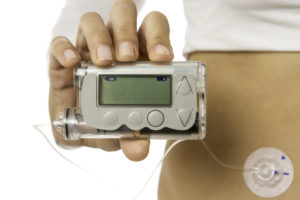
The wearable injectors market is primed for growth following the developments and FDA approvals of recent years.
Although commonly associated with insulin pumps, wearable injectors are only superficially similar. Whereas insulin pumps gradually provide the body with insulin on a constant basis, wearable injectors are designed to deliver up to 50 milliliters of a therapeutic agent at specific intervals before being thrown away.
Unlike insulin pumps, which patients may use for years, wearable injectors are temporary by design.
This difference provides a clear path forward to manufacturers who are interested in developing solutions for this burgeoning industry.
New Demands for..
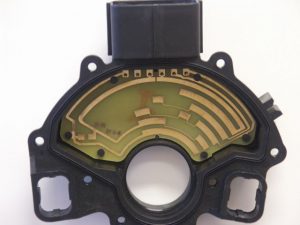
Steel used to be the material of choice for automotive component manufacture.
From the origin of the automobile in the late 19th century to the Golden Age of Auto Design that began 70 years later, component manufacturers used steel as their go-to material for a broad range of auto parts.
However, consumer attitudes have undergone a significant shift towards fuel efficiency and emissions reduction. Government regulators have assessed stringent standards for vehicular emissions across the world, giving manufacturers a clear incentive to make cars lighter.
This led to a proliferation of aluminum vehicles – the material accounts for 25% of the..

The medical device manufacturing industry is in a period of transition.
For many years, the entire medical industry has been undergoing a shift from invasive, large-scale procedures to laparoscopic and catheter-oriented treatments. The factors that contribute to today's medical device landscape began to appear in the 1990s, with major consolidations and a new focus on global partnership.
These trends show no sign of slowing down – but they will pivot around important upcoming technological advances. At the same time, regulatory and ethical issues surrounding these new advances will influence the choices healthcare providers make when delivering care.
..

Manufacturers in a wide range of industries rely on heat staking and heat swaging to assemble and join plastic parts. In the past, technologies like ultrasonic welding and hot plate welding were some of the most popular, but modern advances in thermal press technology and materials have made both heat staking and swaging more attractive than ever.
As consumer electronics, medical devices, and automotive parts got smaller and more complex over the years, the processes manufacturers use to join them have become more advanced. Heat staking is one of these processes, and heat swaging is another.
Both processes address the..
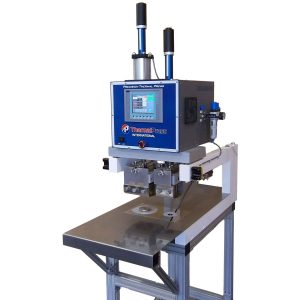
For food packaging manufacturers, vertical fill form sealing (VFFS) technology is an important area for cost-saving innovation.
During procurement, most companies look to this tightly regulated process for improvement because modern technologies have already improved throughput for the rest of the manufacturing line.
For many, VFFS bagging remains a bottleneck process.
Unsurprisingly, this leads manufacturers currently using heat sealing equipment to consider ultrasonic solutions, and those using ultrasonic equipment to consider heat sealing.
The old adage, “the grass always seems greener on the other side of the fence,” is just as true here as it is anywhere else.
However, advances..
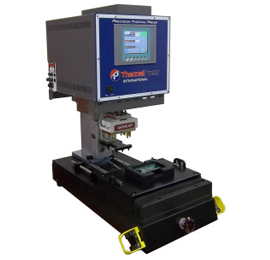
When it comes to regulatory compliance, medical devices are in a league of their own.
Since lives are routinely on the line, manufacturers of medical devices have to plan for every possible use case scenario and create products that address those situations.
This means that before manufacturing even the simplest medical device, you need to carefully define the situations and environments it is to be used in. Then, you have to ensure that even in the case of product failure, the risk of endangering lives is as small as possible.
To this end, the U.S. Pharmacopeial Convention..
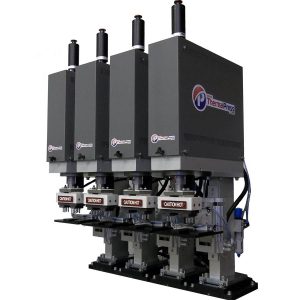
Auto instrument clusters and infotainment systems are undergoing great changes.
Starting in the mid-2010s, automakers found that the worldwide push towards mobile touchscreen technology seen in smartphones and tablets applies directly to auto instrument clusters and infotainment systems.
Now, the auto industry has fully embraced the touchscreen as part of a consolidated instrument cluster solution that removes the bulky knobs and buttons of the past with a sleek, new, integrated appearance.
For manufacturers of auto instrument clusters, this represents a potentially disrupting development. Nonetheless, experts predict that now-advanced features like internet connection will be standard on all in-car infotainment..
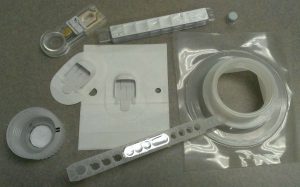
Wearable medical devices are taking off.
From glucose monitors to medicine dispensing pumps, patients' ability to comfortably and consistently wear medical devices on their bodies is expanding treatment options and improving the patients’ quality of life while treating many medical conditions. Thanks to new technologies – adhesive patch technologies, in particular – experts predict that the wearable medical device market will grow to $27.8 billion by 2022.
Importantly, most of these devices' underlying technology remains largely the same. New advances in these technologies have made these devices smaller and much easier for patients to wear. New technology means wearable..
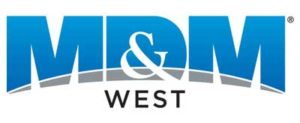
MD&M West connects you with thousands of advanced design and manufacturing professionals for three days of industry immersion. Source from the world's largest collection of medtech suppliers. Connect with over 20,000 engineers and executives who are ready to forge business partnerships. Learn from industry luminaries presenting their insights. This is your chance to find answers to your current medtech challenges — from prototyping to full-scale manufacturing — while keeping up with the latest innovations reshaping the industry.
Featuring its biggest program yet, the Medical Design & Manufacturing (MD&M) West conference will deliver four tracks of expert-led medtech education you won't..
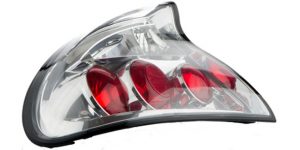
Durability is of chief importance to auto component manufacturers.
When engaged in high-volume production of taillights for consumer automobiles, manufacturers need to engineer the process to minimize the chance of accidentally damaging delicate inner components. This is especially true when building taillights, where the two leading welding methods produce less-than-ideal results from a quality control perspective.
Auto manufacturers have tried using many different welding processes over the decades – General Motors famously adopted ultrasonic welding in the 1970s, but gave up on the process when new technology made better, more consistent results possible.
Now, most automakers and component manufacturers rely on..









